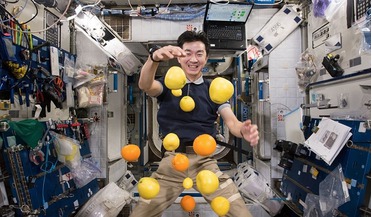 October 2015
Baikonur, Kibo and beyond: Japan’s leading role in space
October 2015
Baikonur, Kibo and beyond: Japan’s leading role in space
... at the moment - it takes over three hundred days to get there and back. Thus, international cooperation is essential. Hayabusa-2 is on its way to a C-type asteroid, which is believed to contain water and organic matter Watching the beautiful scene...
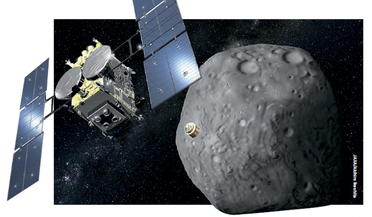 January 2019
Visiting an asteroid to find out how life began
January 2019
Visiting an asteroid to find out how life began
... bodies such as asteroids and comets. Makoto is also involved in JAXA’s NOZOMI (Mars Explorer) and the first Hayabusa mission. Makoto is additionally interested in the issue of planetary defence, which concerns potential Earth impacts from celestial...
 March 2016
Searching for water in the Solar System
March 2016
Searching for water in the Solar System
... and origin science are at the core of three missions in development or recently launched. Following the successful Hayabusa mission, Hayabusa-2, launched in November 2014, will perform a sample return of a water-rich asteroid. The OSIRIS-REx mission...
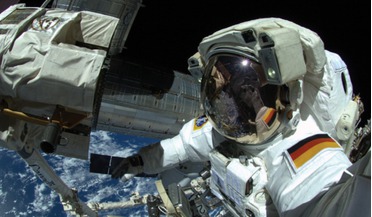 August 2016
International cooperation drives Germany’s space ambitions
August 2016
International cooperation drives Germany’s space ambitions
...landing system is expected to descend from the Japanese Hayabusa 2 spacecraft onto the asteroid Ryugu (formerly 1999 JU3... by DLR. Mascot-1 is already in flight, carried on Japan’s Hayabusa-2 mission, launched on 3 December 2014 to land on its target ...
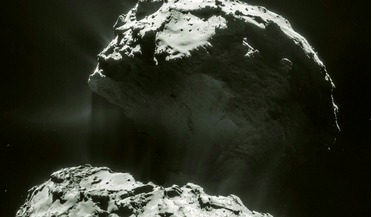 January 2020
Small body missions unveil interplanetary secrets
January 2020
Small body missions unveil interplanetary secrets
... when they may have been acquired by the Earth. Artist’s illustration of first touchdown at asteroid Ryugu. The Hayabusa 2 asteroid sample return mission will return samples of carbonaceous chondrites, allowing us to study how these materials formed...
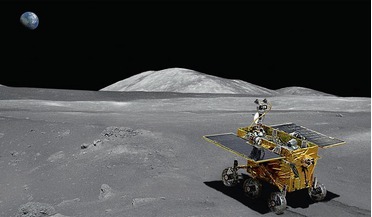 July 2014
Is there a space race or are India and China just coming of age?
July 2014
Is there a space race or are India and China just coming of age?
... launching satellites to study comets in the 1980's. In 2003 the Japanese Aerospace Exploration Agency (JAXA) launched the Hayabusa probe, which successfully rendezvoused with the asteroid 25143 Itokawa and returned dust samples back to Earth...